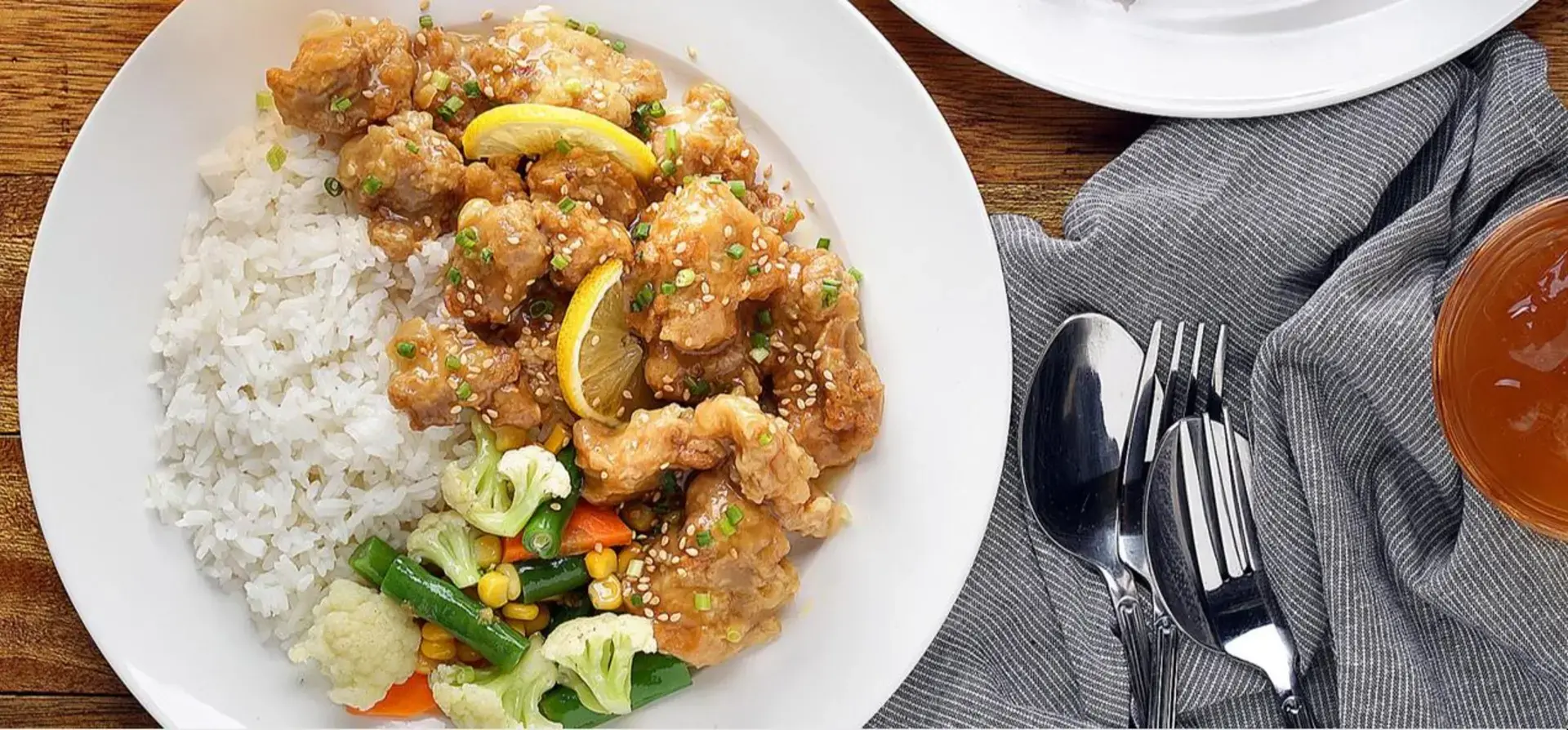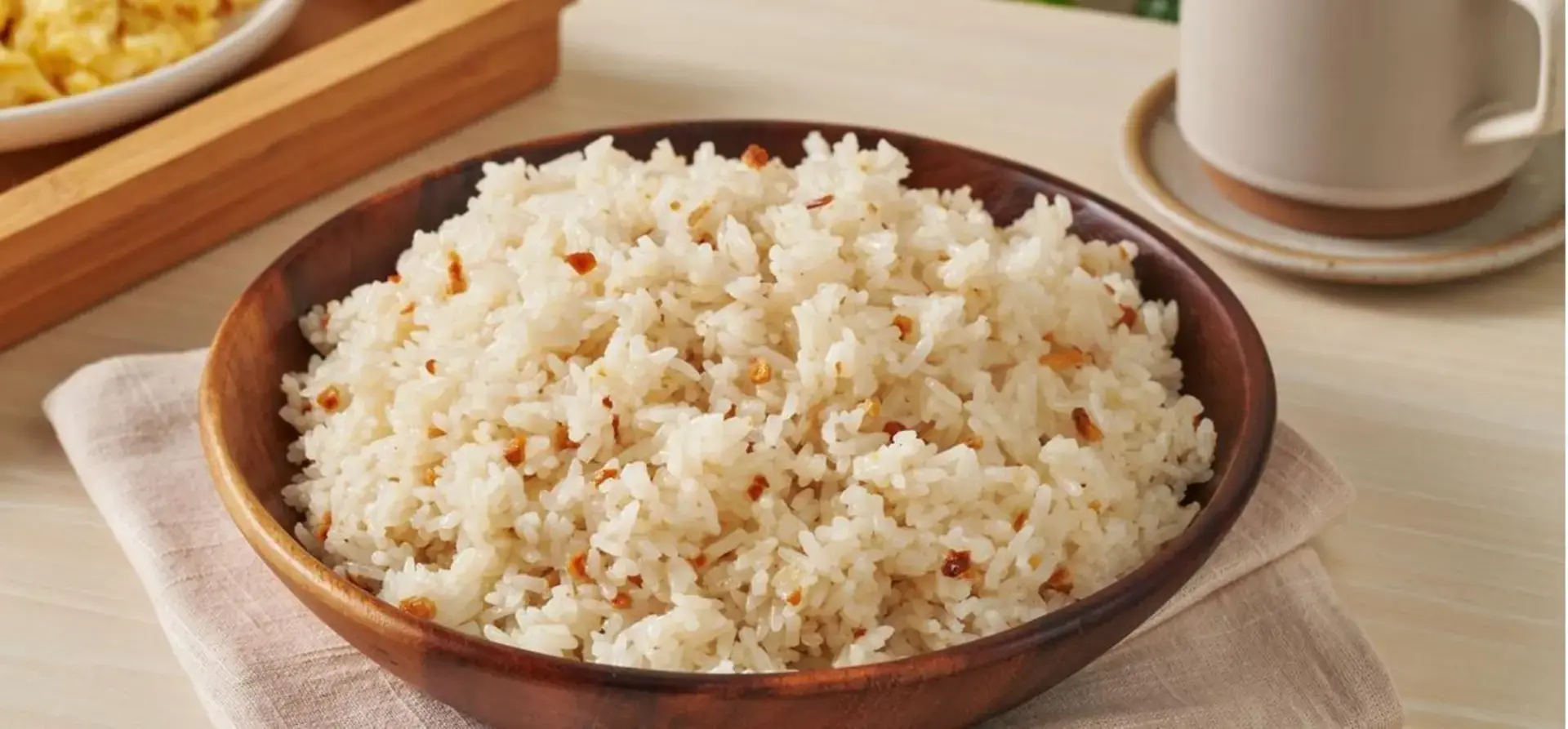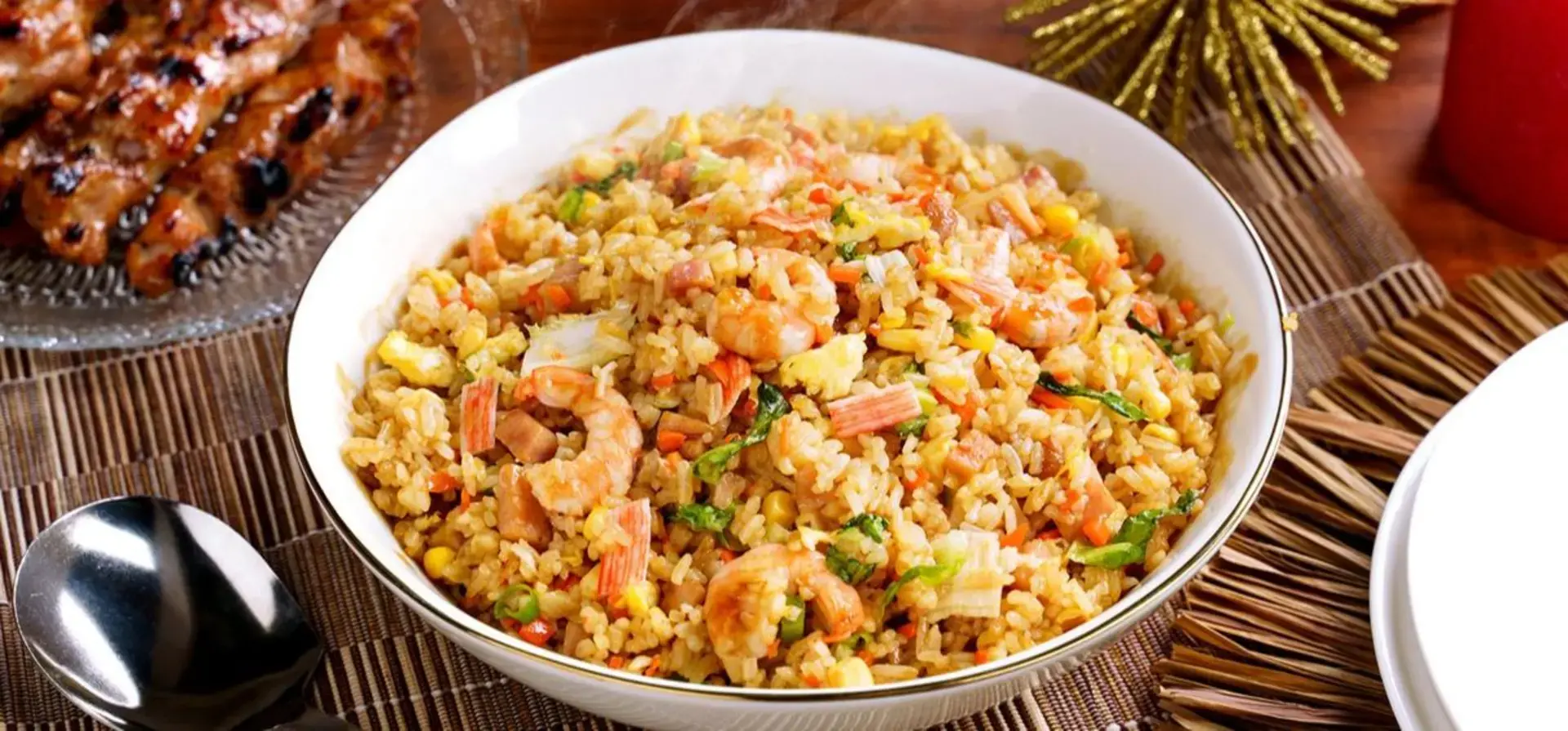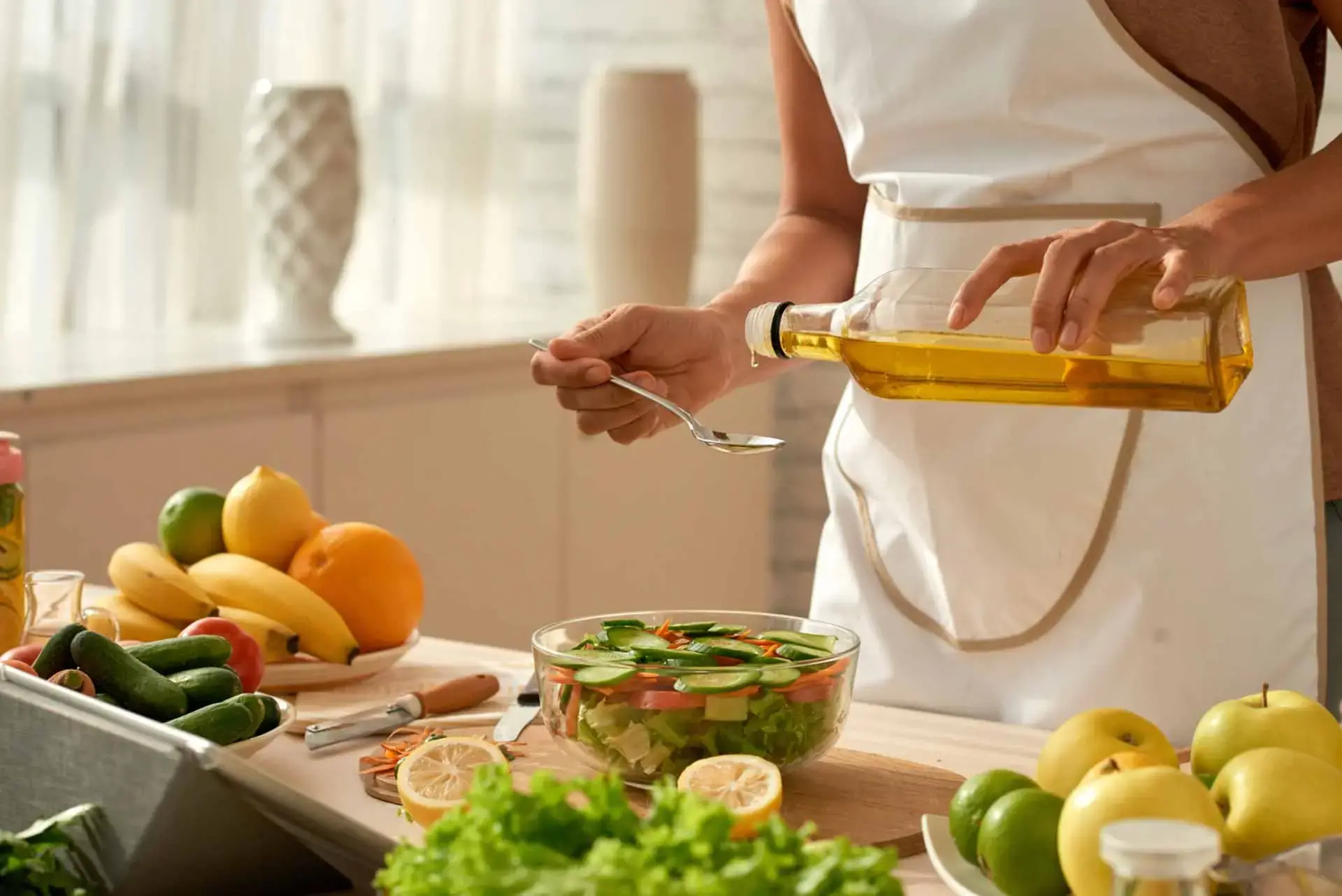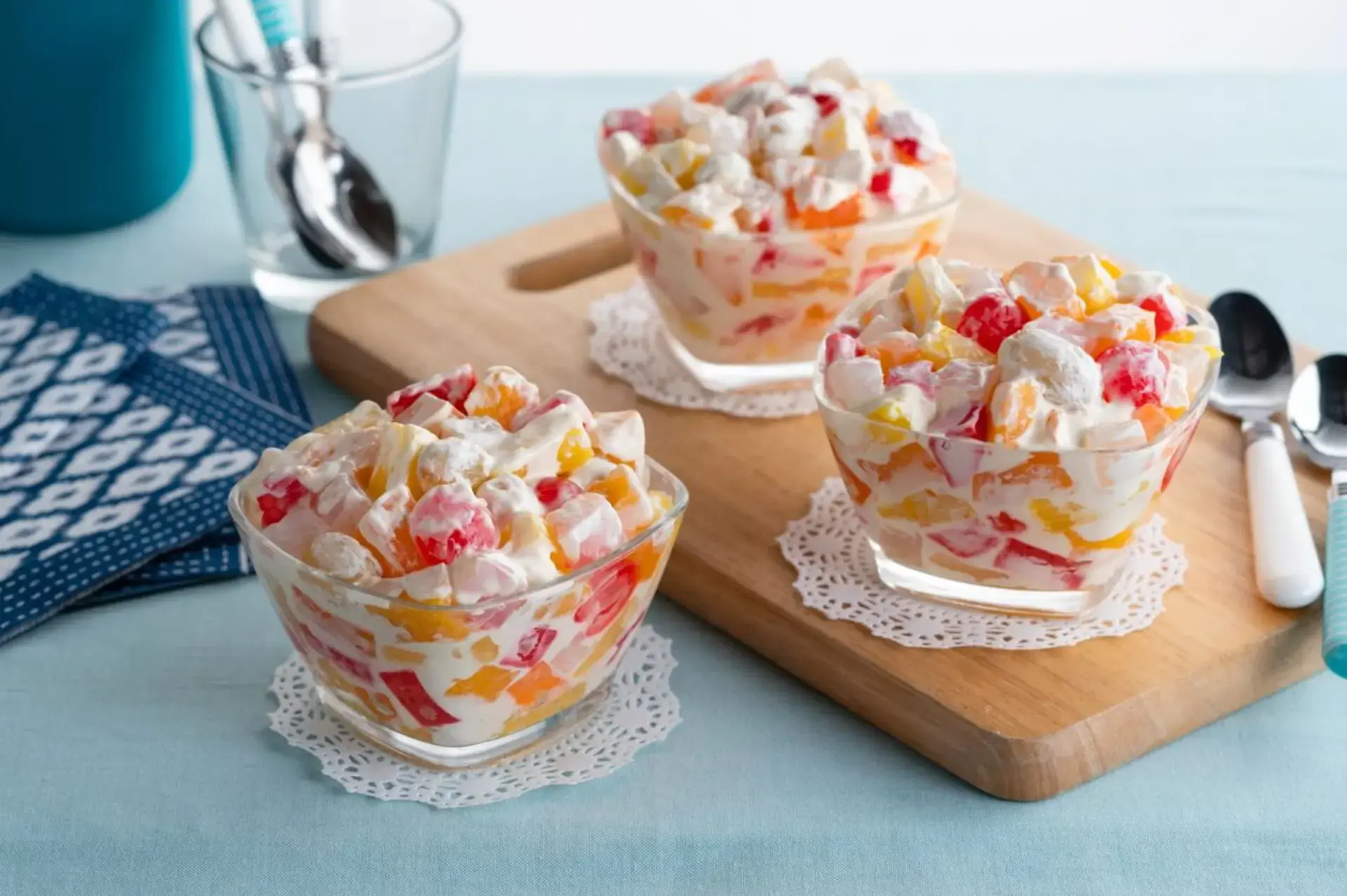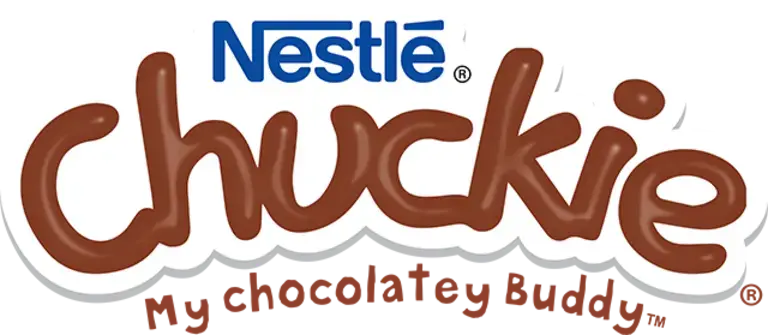Choosing to eat healthily is sometimes easier said than done. Maintaining a balanced diet requires us to ensure variety in the dishes prepared, and more importantly, to fit all these meals within a fixed budget.
With so many considerations and options, it's easy to feel overwhelmed when deciding what to prepare for the family. That's where our easy list of essential food tips comes in handy!
Let’s transform lunches, dinners, and snacks into delightful and nourishing experiences every day, starting with understanding the fundamentals that go into a healthy plate.
Dish out Healthy Dishes
The first thing we must do when it comes to creating a healthy meal is to make sure we have the right ingredients that are right for the body.
A good place to start is the Pinggang Pinoy, a visual food guide developed by the Food and Nutrition Research Institute to make it easy for everyone to follow the recommended portion of each food group in every meal. The Pinggang Pinoy recommends that you have Go, Grow, and Glow foods on your plate to have a healthy meal.

